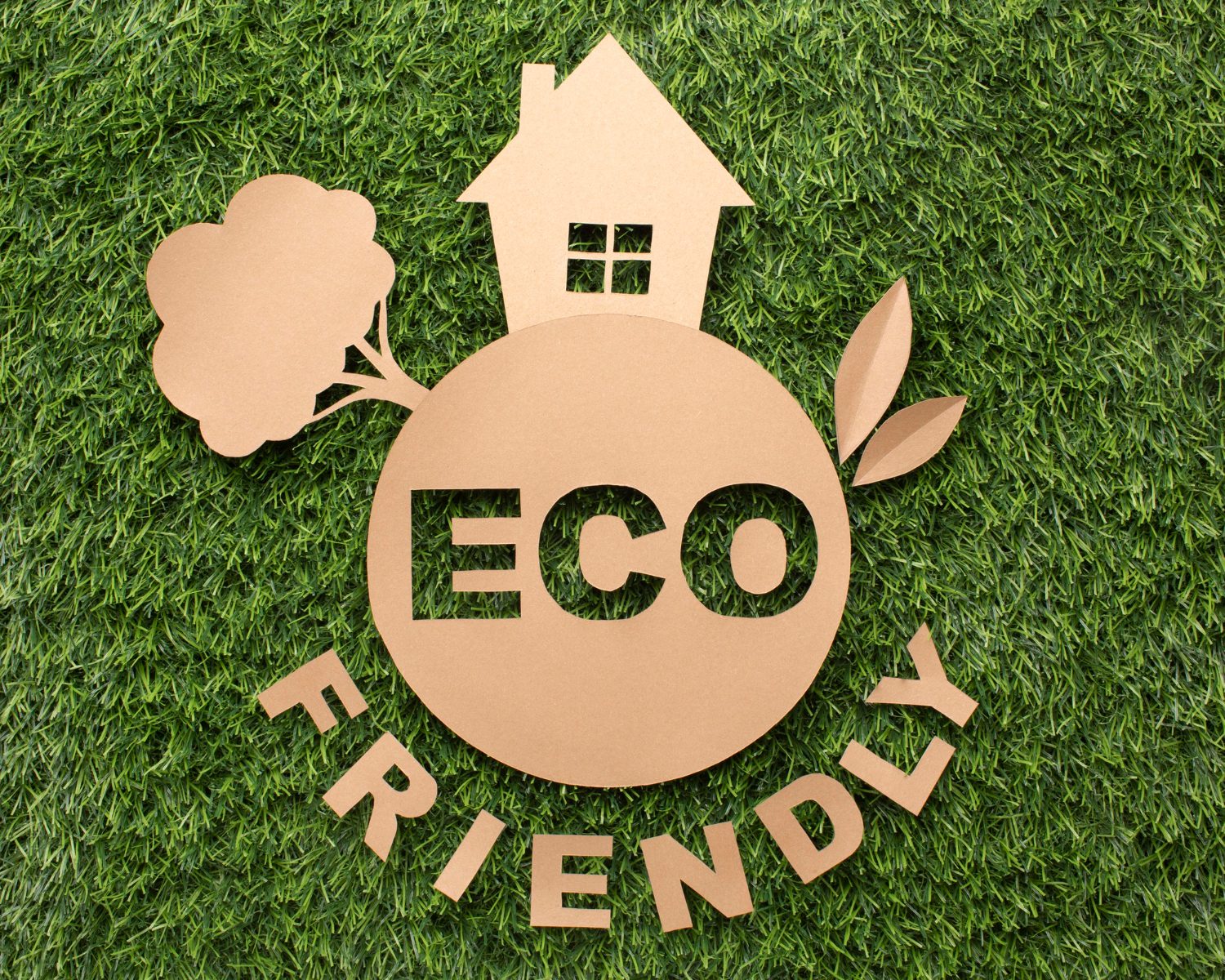Sustainability is becoming increasingly important in the construction industry. Using eco-friendly construction materials is one way to make building practices more sustainable. This article explores various eco-friendly materials and their benefits, showing how they contribute to greener construction.
Table of Contents
The Importance of Eco-Friendly Construction
Eco-friendly construction materials reduce the environmental impact of buildings. They minimize waste, reduce carbon footprints, and often provide better energy efficiency compared to traditional materials. This shift towards sustainability is crucial for the long-term health of our planet.
Types of Eco-Friendly Construction Materials
Bamboo
Bamboo is a rapidly renewable resource that has become popular in construction for its strength and sustainability.
Benefits:
- Renewability: Grows quickly and can be harvested sustainably.
- Strength: Stronger than many traditional materials like wood.
- Versatility: Used in flooring, scaffolding, and structural elements.
Case Studies: Bamboo in Construction
Projects like the Green School in Bali utilize bamboo extensively, demonstrating its strength and aesthetic appeal.
Recycled Steel
Recycled steel is a highly sustainable material that reduces the need for new steel production.
Benefits:
- Durability: Long-lasting and strong.
- Recyclability: Can be recycled multiple times without losing quality.
- Reduced Emissions: Produces fewer emissions compared to new steel production.
Examples: Recycled Steel in Buildings
The Steel Recycling Institute reports that recycled steel is used in over 65% of steel products globally, including many building projects.
Cork
Cork is harvested from the bark of cork oak trees, making it a sustainable and renewable material.
Benefits:
- Insulation: Excellent thermal and acoustic insulator.
- Sustainability: Harvesting cork does not harm the tree, allowing it to regenerate.
- Versatility: Used in flooring, wall coverings, and insulation.
Case Studies: Cork in Construction
Cork House in the UK showcases cork’s potential as a primary construction material, highlighting its insulating properties and sustainability.
Innovative Eco-Friendly Materials
Mycelium
Mycelium, the root structure of mushrooms, is being used to create strong, biodegradable building materials.
Benefits:
- Biodegradable: Fully compostable at the end of its lifecycle.
- Renewable: Grown from agricultural waste and requires minimal energy.
- Fire Resistant: Naturally fire-resistant, making it a safe building material.
Examples: Mycelium in Construction
Ecovative Design is pioneering the use of mycelium in building materials, creating strong, lightweight, and sustainable products.
Bioplastics
Bioplastics made from plant-based materials offer a sustainable alternative to traditional plastics.
Benefits:
- Renewability: Made from renewable resources like corn starch.
- Reduced Carbon Footprint: Lower carbon emissions compared to petroleum-based plastics.
- Versatility: Used in a wide range of construction applications, from insulation to fixtures.
Examples: Bioplastics in Building
Companies like NatureWorks are developing bioplastics for construction, providing eco-friendly solutions for various building needs.
Health and Wellbeing Benefits
Eco-friendly materials contribute to healthier indoor environments, improving the quality of life for occupants.
Benefits for Health and Wellbeing
- Improved Air Quality: Many eco-friendly materials emit fewer volatile organic compounds (VOCs).
- Thermal Comfort: Better insulation properties enhance indoor thermal comfort.
- Natural Aesthetics: Materials like bamboo and cork provide natural beauty, creating pleasant living and working spaces.
Examples of Health Benefits
Green buildings using eco-friendly materials, such as the Bullitt Center in Seattle, showcase improved indoor air quality and occupant wellbeing.
Conclusion
Eco-friendly construction materials are essential for building a sustainable future. They offer numerous benefits, including reduced environmental impact, improved energy efficiency, and enhanced health and wellbeing for occupants. By adopting these materials, the construction industry can play a significant role in mitigating climate change and promoting sustainability.




